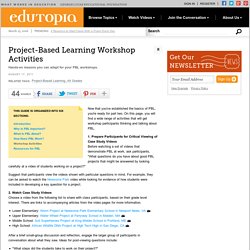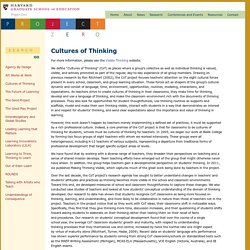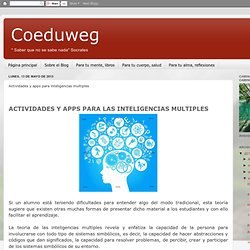

Tools to Support Project-Based Learning (PBL) - Teq. Project-Based Learning Workshop Activities. Now that you've established the basics of PBL, you're ready for part two.

On this page, you will find a wide range of activities that will get workshop participants thinking and talking about PBL. 1. Prepare Participants for Critical Viewing of Case Study Videos Before watching a set of videos that demonstrate PBL at work, ask participants, "What questions do you have about good PBL projects that might be answered by looking carefully at a video of students working on a project? " Suggest that participants view the videos shown with particular questions in mind. 2.
Choose a video from the following list to share with class participants, based on their grade level interest. After a brief small-group discussion and reflection, engage the larger group of participants in conversation about what they saw. "What steps did the students take to work on their project? "" Ask participants, "What do the experts have to say about the effectiveness of PBL activities? " 4. In the What Is PBL About? 7. Online Education Technology for Teachers and Students. Students. iPads have exploded throughout schools and classrooms.

Project Zero. Cultures of Thinking. For more information, please see the Visible Thinking website.

We define “Cultures of Thinking” (CoT) as places where a group’s collective as well as individual thinking is valued, visible, and actively promoted as part of the regular, day-to-day experience of all group members. Drawing on previous research by Ron Ritchhart (2002), the CoT project focuses teachers’ attention on the eight cultural forces present in every school, classroom, and group learning situation. These forces act as shapers of the group’s cultural dynamic and consist of language, time, environment, opportunities, routines, modeling, interactions, and expectations. As teachers strive to create cultures of thinking in their classrooms, they make time for thinking, develop and use a language of thinking, and make the classroom environment rich with the documents of thinking processes.
Funding: Bialik College (Melbourne, Australia) under the patronage of Abe and Vera Dorevitch Project Staff: Cultures of Thinking REsources. Make Thinking Visible Routines by Frank Curkovic. Collaborize Classroom Blog: Education to the Power of We. This is a partial re-post of an article by Catlin Tucker from her blog at CatlinTucker.com Image from learningonlineinfo.org Using an online learning platform, online discussions, and/or work online to complement your class can: 1.

Save Time. Teaching Students To Think And Analyze. Visible Thinking. Purpose and Goals Visible Thinking is a flexible and systematic research-based approach to integrating the development of students' thinking with content learning across subject matters.

An extensive and adaptable collection of practices, Visible Thinking has a double goal: on the one hand, to cultivate students' thinking skills and dispositions, and, on the other, to deepen content learning. By thinking dispositions, we mean curiosity, concern for truth and understanding, a creative mindset, not just being skilled but also alert to thinking and learning opportunities and eager to take them Who is it for?
Visible Thinking is for teachers, school leaders and administrators in K - 12 schools who want to encourage the development of a culture of thinking in their classrooms and schools. Key Features and Practices At the core of Visible Thinking are practices that help make thinking visible: Thinking Routines loosely guide learners' thought processes and encourage active processing. License. Actividades y apps para inteligencias multiples. Si un alumno está teniendo dificultades para entender algo del modo tradicional, esta teoría sugiere que existen otras muchas formas de presentar dicho material a los estudiantes y con ello facilitar el aprendizaje.

La teoria de las inteligencias multiples revela y enfatiza la capacidad de la persona para involucrarse con todo tipo de sistemas simbólicos, es decir, la capacidad de hacer abstracciones y códigos que dan significados, la capacidad para resolver problemas, de percibir, crear y participar de los sistemas simbólicos de su entorno. Todo lo anterior favorece a cada individuo para ir alcanzando un desarrollo personal y profesional. A continuación hago un listado más específico de las diferentes actividades que se podrían realizar tomando en cuenta Inteligencias Múltiples de Gardner. Lingüística / verbal Lógico / Matemática Visual / Espacial Musical.